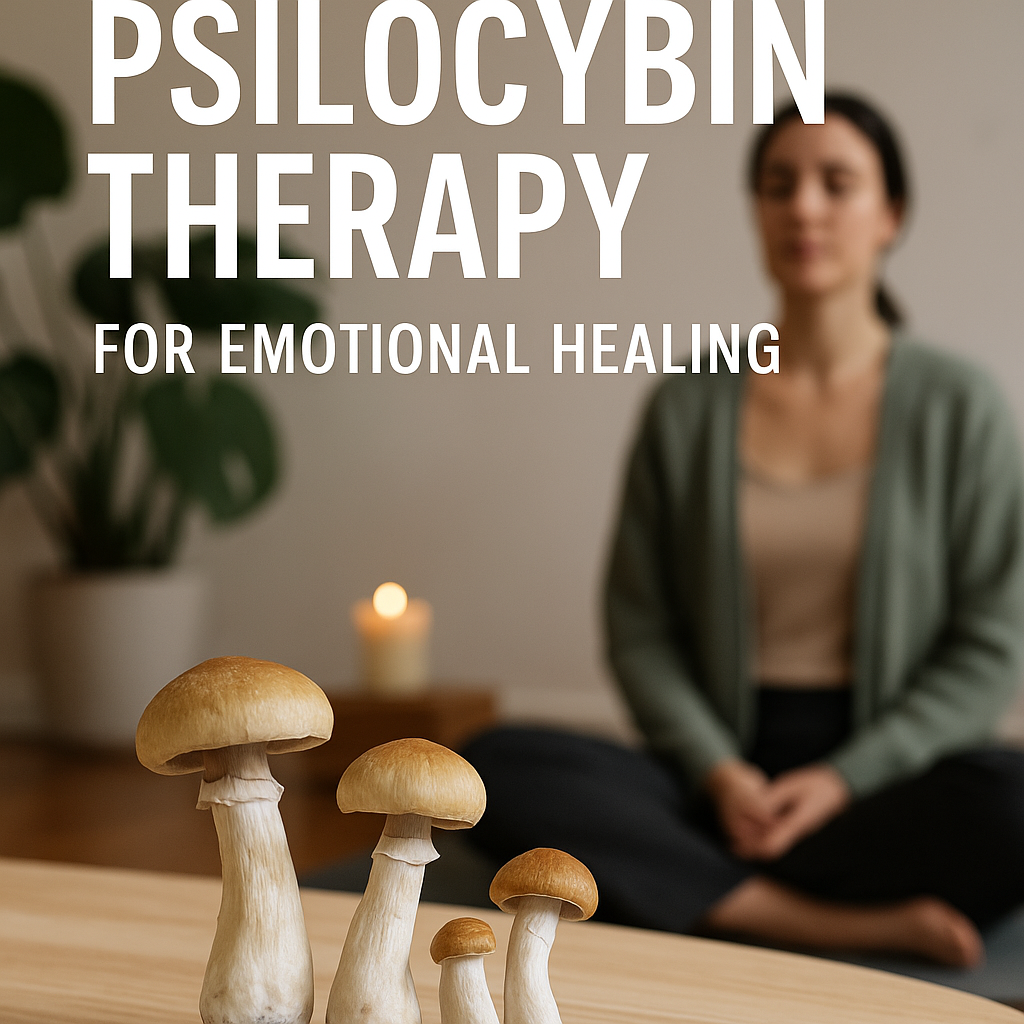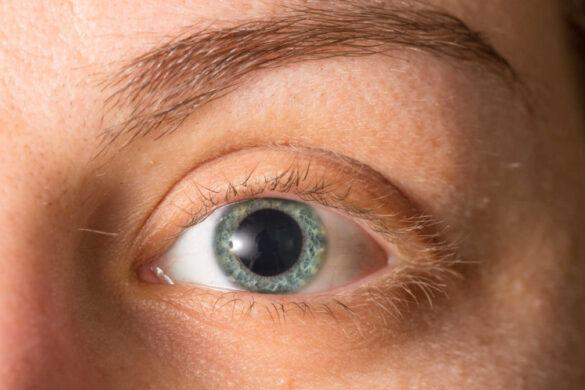There’s been a lot of talk lately about mushrooms—and not the kind used for cooking. More and more people are turning to something called psilocybin therapy, which uses psychedelic mushrooms to help with emotional healing, mental health struggles, and self-discovery. At first, it might sound strange or even a little scary, but it’s not some wild new fad. It’s actually based on science, and it’s helping a lot of people in ways that other methods haven’t.
Mushroom therapy doesn’t involve tripping at a party or doing anything unsafe. It’s done in controlled settings with trained guides or therapists who make sure everything stays safe and meaningful. These sessions are often part of special retreats where people go to get away from distractions, focus on their minds, and work through things that have been holding them back.
So, What Is Psilocybin, Really?
Psilocybin is a natural chemical found in certain mushrooms. When it’s taken in the right amount and environment, it changes how the brain processes thoughts and feelings. People often say it helps them think in new ways or feel emotions more clearly. But this isn’t about “getting high.” It’s about learning, feeling, and healing in a deeper way.
Scientists have been studying psilocybin more seriously over the past few years. They’ve found that it may help with things like anxiety, depression, PTSD, and even addiction. What’s interesting is how fast it can make a difference for some people—sometimes after just one session. That’s way different from taking daily medication for years and still feeling stuck.
Why People Are Looking for New Options
Let’s be real. Regular therapy and medicine don’t work for everyone. Some people feel like they’ve tried everything—talking to professionals, taking pills, changing habits—but still can’t move forward. That’s where psychedelic therapy comes in. It’s not about replacing traditional help, but offering something new when nothing else has worked.
There are now retreats and programs designed to make the experience as safe and helpful as possible. One example is MycoMeditations Bluefields Bay Retreats, which blends structured therapy with psilocybin in a peaceful, private setting. These kinds of places aren’t just throwing mushrooms at people. They include preparation before the experience, guided support during it, and help afterward to process what happened.
It’s this kind of structure that separates real therapy from casual use. A good retreat creates the right mindset and setting—two things that are super important for a safe and positive journey.
The Science Backs It Up
This isn’t just some idea floating around the internet. Big-name universities and hospitals have been doing studies on psilocybin for years. Places like Johns Hopkins and NYU have done research showing how one or two sessions can lead to big changes in mood and mental health. In some studies, people with depression felt better for months after a single guided experience.
One theory is that psilocybin helps the brain “reset.” It quiets the part of the brain linked to overthinking and negative self-talk, while making it easier to feel connected to emotions, memories, and even other people. This might explain why some people come out of these sessions saying they feel more hopeful, more open, or just more at peace.
Of course, it’s not magic. It takes the right support, the right amount, and the right timing. But when it works, it can be powerful.

It’s Not About Escaping—It’s About Facing Things
Some people think psychedelics are all about escaping reality, but real mushroom therapy is the opposite. It helps people face thoughts or emotions they’ve been avoiding—grief, pain, fear, guilt. The goal isn’t to forget or numb those feelings. It’s to look at them honestly, maybe for the first time, and figure out what they really mean.
During a session, someone might remember a hard moment from the past or suddenly understand a pattern in their life they never noticed before. These insights don’t always show up in regular talk therapy, because the mind stays in its usual habits. Psilocybin seems to loosen those habits, even just for a few hours, so that new thoughts and feelings can get through.
This kind of work can be emotional and even intense. That’s why it’s important to have trained guides nearby who can help if the session feels too heavy or confusing. After the session, people usually spend time talking about what they felt and what it might mean. That’s called integration, and it’s one of the most important parts of the whole process.
Things to Know Before Trying It
Even though mushroom therapy is becoming more popular, it’s not something to take lightly. It’s not right for everyone. People with certain mental health conditions or who are on certain medications may not be good candidates. That’s why most real retreats do health screenings and have safety rules.
It’s also important to be in the right place, mentally and physically. Being open to the process makes a huge difference. Having trusted support around is another key factor. No one should go into this alone or without guidance.
The best programs are upfront about all of this. They care about safety and making sure the experience leads to real, lasting change—not just a moment of feeling good.
Why It’s Not Just a Trend
Some trends come and go because they’re based on hype or shallow results. But mushroom therapy seems to be sticking around for a reason. It’s helping people who’ve run out of options. It’s offering a way to work through the harder parts of life, not just cover them up.
More than that, it encourages slowing down, being present, and listening to what the mind and body are really saying. That alone makes it different from most things out there.
People aren’t just chasing some exciting new experience—they’re searching for something that finally feels real.
Key Takeaways
Psychedelic therapy with mushrooms isn’t a wild experiment anymore—it’s becoming a real option for people who want to feel better and live more fully. With science behind it and safe spaces to try it, it’s growing for all the right reasons. Anyone thinking about it should do research, ask questions, and make sure the experience is supported from beginning to end.
Exploring healing doesn’t have to follow a traditional path, and sometimes, the most surprising methods turn out to be the most meaningful.









